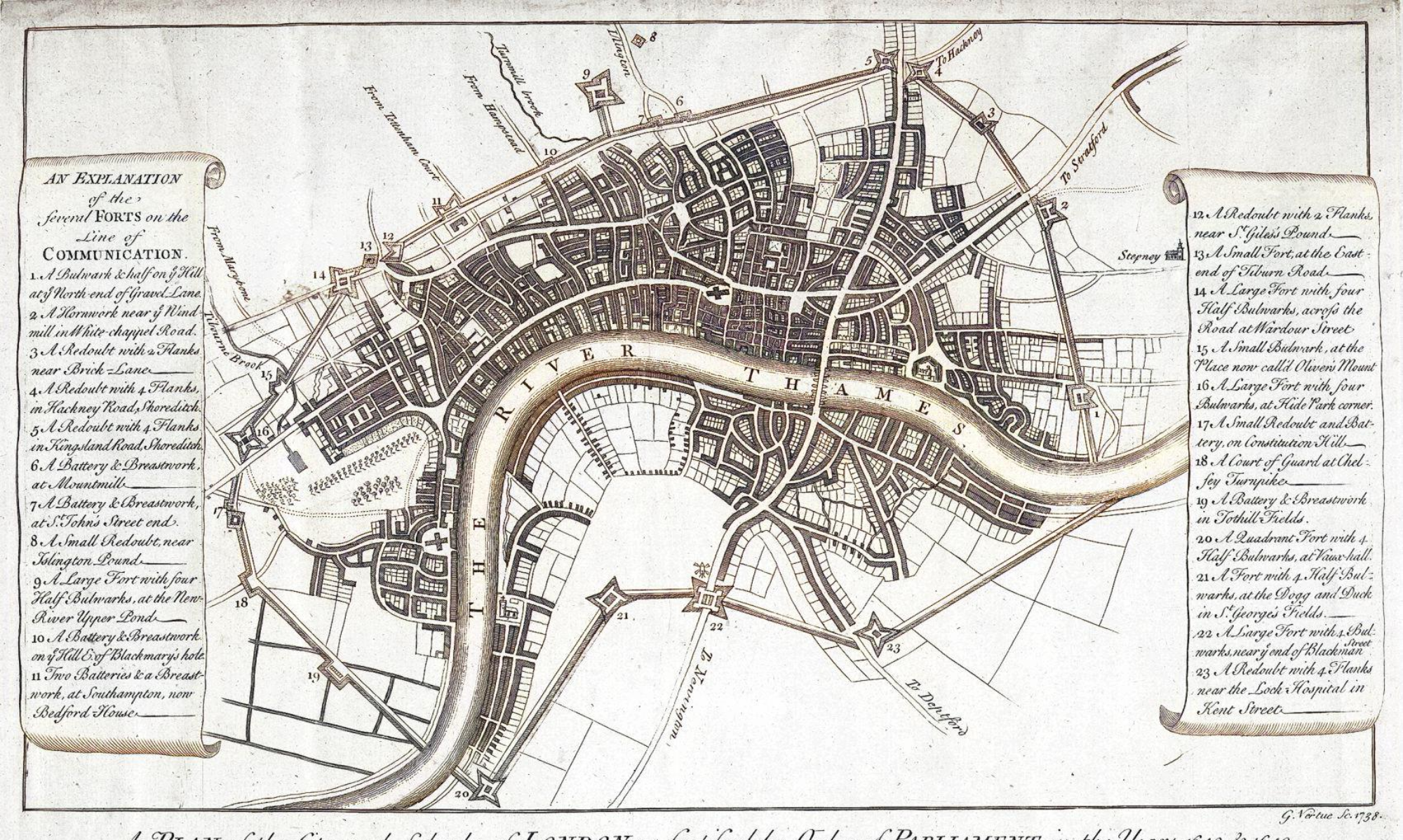In the 17th century, the first month of the year was March. The official day was “Lady Day” March 25, which marked the feast of the annunciation or when Gabriel announced to Mary (Luke 1:28) that she was the chosen handmaiden of God.
All the other months are the same, its just the year ends in February and begins again in March. The calendar differences are designated as old style and new style.
Wikipedia notes ” When recording British history, it is usual to use the same dates recorded at the time of the event, with the year adjusted to start on 1 January.[5] The latter adjustment may be needed because the start of the civil calendar year was not always 1 January and was altered at different times in different countries.[a] From 1155 to 1752, the civil or legal year in England began on 25 March (Lady Day)[6][7]; so for example, the execution of Charles I was recorded at the time in Parliament as happening on 30 January 1648 (Old Style).[8] In newer English language texts this date is usually shown as “30 January 1649” (New Style).[2] The corresponding date in the Gregorian calendar is 9 February 1649, the date by which his contemporaries in some parts of continental Europe would have recorded his execution.
The O.S./N.S. designation is particularly relevant for dates which fall between the start of the “historical year” (1 January) and the official start date, where different. This was 25 March in England, Wales and the colonies until 1752 and until 1600 in Scotland.
During the years between the first introduction of the Gregorian calendar in continental Europe and its introduction in Britain, contemporary usage in England started to change.[4] In Britain, 1 January was celebrated as the New Year festival,[9] but the “year starting 25th March was called the Civil or Legal Year, although the phrase Old Style was more commonly used.”[4] To reduce misunderstandings about the date, it was normal in parish registers to place a new year heading after 24 March (for example “1661”) and another heading from the end of the following December, 1661/62, a form of dual dating to indicate that in the following twelve weeks or so, the year was 1661 Old Style but 1662 New Style.[10] Some more modern sources, often more academic ones (e.g. the History of Parliament) also use the 1661/62 style for the period between 1 January and 25 March for years before the introduction of the New Style calendar in England.[11]
Scotland had already partly made the change: its calendar year had begun on 1 January since 1600.[12][13]“
Old Style Calendar
10th Month = December
Born 16 December 1679
Place: Devonshire House, without Bishopgate
Died 26 December 1679
Place: Devonshire House, without Bishopgate
Old Style and New Style dates. (2020, November 21). Retrieved November 26, 2020, from https://en.wikipedia.org/wiki/Old_Style_and_New_Style_dates
